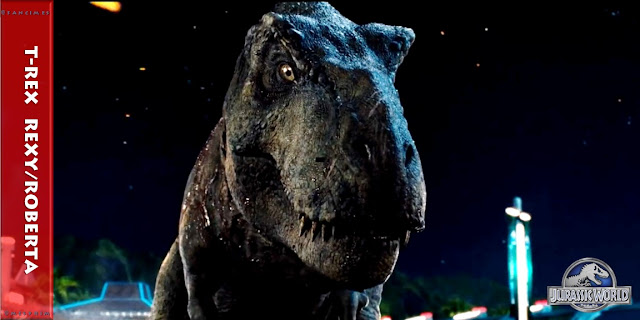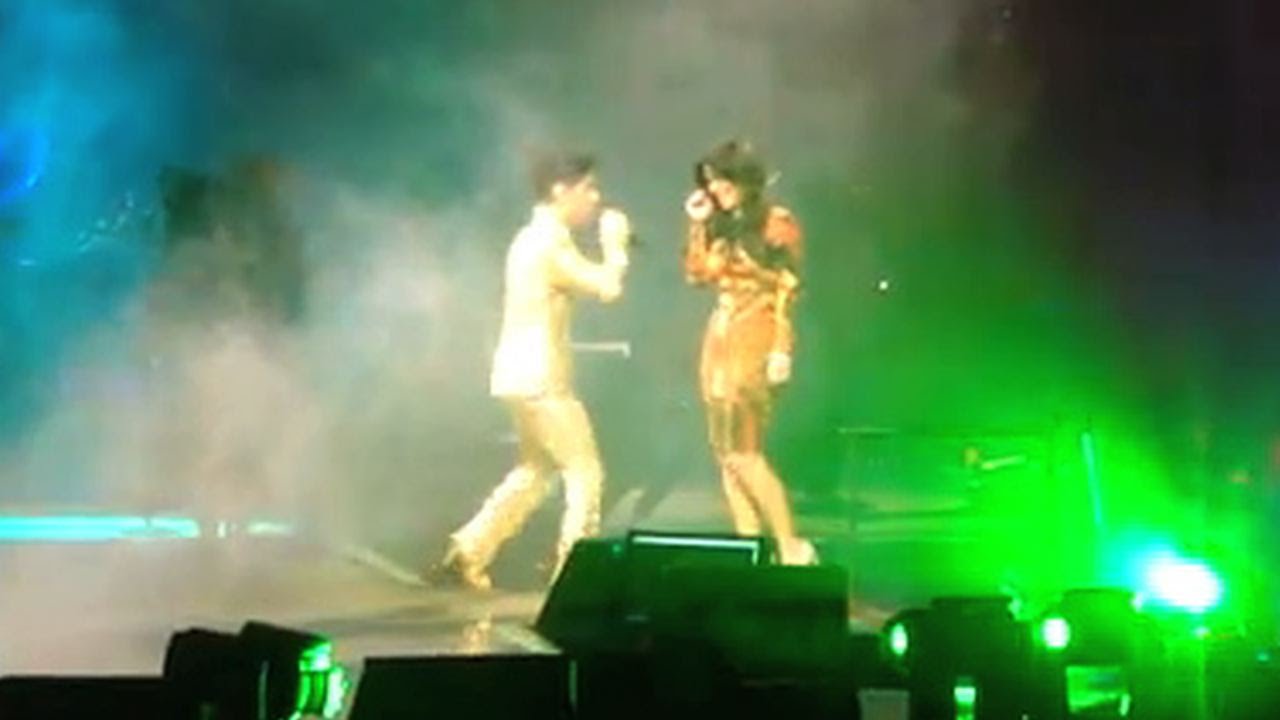
The Marxist philosophy term 'cultural hegemony' refers to a system of political, economic, and cultural control in which the ruling class dominates a culturally diverse society and manipulates the values, beliefs, explanations, and mores of its subordinates to create the desired worldview. The result is an overwhelmingly dominant cultural system. Subordinates are excluded from society and the dominant culture accepted as the norm.
Subaltern Cultures
There are many definitions of subaltern culture. One is the inability for subaltern cultural to speak for their self within hegemonic frameworks. Gyatri Sivak popularized subaltern in 1983. She warns that it is not a good idea to apply too much. This is a worthwhile goal for those who are interested in Latin America's cultural history and politics.

Another counterfactual is the belief that the subaltern has been subjected a form cultural indoctrination, which has not benefited them. In other words, cultural integration has never led to total assimilation, but rather, to countercultural formations. Gramsci suggests that this counterfactual is problematic. Subaltern resistance was found in these formations.
Another definition of subaltern culture is that of an "other" or a group that is not part of hegemonic culture. Antonio Gramsci first coined subaltern. This refers to individuals who are outside the political or financial structures of their country. This is different to the working-class, which has its definition. Gramsci sees the subaltern to be an "other space" that has been denied access in cultural imperialism.
Language has been used by the ruling class to increase its power. This holds true even for cases in which the agents of an hegemonic group are the ones articulating values and principles to the subaltern classes. If the subaltern social classes are able restructure hegemonic's value structures, they can subvert the system's hegemonic structure.
This view is often ignored. However, it is important that we consider how oppressors might be affected by the consciousness and beliefs of the oppressed. This consciousness may inspire the ruling class towards a change of heart. This consciousness can make the ruling class aware of its oppression. It will also change the institution internally. Subaltern groups can use this powerful tool to rewrite history in their countries.

The novel, which is focused on the conflict among intellectual and subaltern interest, requires negotiation of ideologies. The novel shows how the intellectuals and the subaltern might come to an agreement as to what is best. For example, the subaltern may be interested in the past or fear of the unknown. But imagination is the root of this interest.
FAQ
How did pop culture develop?
Technology was the driver behind the growth of popular culture. It developed as people became increasingly mobile. The invention of the radio enabled mass communication. This made it possible to create television, which was then used to develop the internet.
Computers were first used at home by people who became familiar with computer games. These games were played on consoles like the Nintendo Wii and Sony Playstation 3. These games are now available online for free. Many young people now prefer video games to watching television.
Video games are very much in demand among teenagers and children. These games can be played by one person or with others via the internet. Call Of Duty or Grand Theft Auto can be very violent. Some parents are worried about their children playing these video games. Others find it fascinating to see what happens to a character when they die.
Music videos are another way pop culture influences youth. They feature celebrities and information about current trends. Many young people love to watch them. It is clear that music plays a significant role in our lives.
Special effects are used to enhance songs in music videos. For example, rappers wear wigs and makeup to look more attractive. Some musicians have to go through extreme physical and mental challenges in order show their bodies. Many singers are able to sing while wearing costumes.
There are so many options for music today. You can find any type of music that you desire. This is not always good news. Music can sometimes encourage violence. People get angry if they hear certain words or lyrics. Sometimes they even commit crime.
50 Cent was one of the victims. One line in his song Get Rich Or Die Trying says: "I'm going after a motherfucker / But I don't know how, but I might." This song was thought to mean that he would murder someone. He was threatened by a man who called him. 50 Cent changed his lyrics. Now, it says "I'll shot a bitch down/I don't know how but I might."
Popular culture is essential. It's important that we understand how it affects and impacts us. If we don’t understand how it affects us, we won’t be able prevent its harmful effects.
How can we avoid the dangers posed by pop culture?
First, it is important to recognize when pop-culture influences us. Then, we need to ensure that we are not being influenced. Here are some ways you can avoid being influenced by bad influences
-
Avoid violent shows such as Game of Thrones.
-
Do not spend too much time on the Internet. Read books instead.
-
You should watch less TV. Spend your time doing activities that are healthy.
-
Take care what you post online. It is impossible to delete comments after they are posted.
-
Be sure to verify that the websites you visit have SSL encryption. Before entering personal information, ensure that they are checked.
-
Don't allow anyone to pressure you into dangerous actions.
Talk to an adult if you feel like you are becoming dependent on pop culture. You can either call your local library (800-THELOOST), or the National Center For Missing & Evacuated Children (1-808-THELOOST).
What are examples of pop culture today?
Pop Culture is the art of the 21st Century. Pop Culture encompasses all types of popular entertainment: music, film and TV, video games fashion, advertising, comics, and more. In his 1985 book, Amusing Ourselves Too Death (1985), Neil Postman first coined this term. Pop is a form of mass communication that employs cheap tricks and formulaic tools to create the illusion of spontaneity or uniqueness.
He did however point out that most people don't feel genuine enjoyment because they are trained to seek media experiences which make them feel superior. In addition, he argued that this type of cultural expression had contributed to the loss of critical thinking skills among young adults.
Pop culture can also be referred to by the terms popular culture or consumerism.
Are Tik Tok and its pop culture?
Yes! This is not only for teenagers. Anyone can use these short videos to show how they feel, express themselves, and share life moments with friends.
More than 200 million people use the app every day all over the globe. And this number grows by millions each day.
This makes TikTok an incredible opportunity for brands to connect with consumers and build meaningful relationships.
TikTok is also home many influencers, who have built large followings on the platform. These creators create original content that engages audiences across the globe.
So what are you waiting for? These are the four best ways to profit from this trend.
-
You can create viral content
-
Engage Influencers
-
Use Visuals Effectively
-
Get creative with your audience
What is pop culture?
Pop culture is all around. Pop culture is everywhere. It is all around us 24/7. It influences everything from our clothes, food, music, language, politics, and religion. What is pop culture exactly? Wikipedia states that pop culture refers to products and ideas designed for mass consumption. Many believe this applies to entertainment such as movies, TV, music and fashion. Pop culture does not only include entertainment. Pop culture can be described as anything that is consumed by mass audiences, including video games, toys, clothing and fast food.
How did pop culture come to be?
It was an accident. The first song was written by mistake when someone accidentally knocked over a piano while playing around on New Year's Eve in 1920.
The recording company liked what they heard and decided to release it as a single.
This was the first hit single.
Pop music has been the most loved form of musical entertainment since then.
What examples of pop culture are there in 2021?
Two hijacked airplanes from terrorists crashed into New York City's twin towers on the 11th September 2001. 9/11 would be the name of this day.
These events have had a profound impact on popular culture, and they continue to have an influence today. We can see many ways the event has influenced lives.
This includes television shows such as 24 and movies such as United 93, which tells the story of what happened during the flight from Boston to Los Angeles on 9/11. This includes books such as The Forever War by Dexter Filkins.
Everybody can recall exactly where they were when the attack occurred. Some people jumped out of their beds and went outside. Others read newspapers or watched TV.
Pop culture changes each year. It is both a reflection of society, and it can also be a source for inspiration. What will the future look like for popular culture? We don't know yet. We know that it will be different from what it was before.
Statistics
- Latinos represent roughly 19% of the U.S. population. (npr.org)
- Less than a decade later, that statistic rose to 90% (Dager, n.d.). (socialsci.libretexts.org)
- Yet a Nielsen study shows they account for 42% of the country's most-watched content on streaming services. courtesy Nielsen (npr.org)
- According to Kathryn Sorrells (2013, pp. 142-144), there are several ways that we can become informed consumers of popular culture. (socialsci.libretexts.org)
- According to CNBC.com, “more than 70% of the film's revenue came from countries outside the US” (https://www.cnbc.com/2019/01/08/aqua...nal-sales.html, ret. 8/18/19). (socialsci.libretexts.org)
External Links
How To
What are some notable pop culture references?
Americans were obsessed about space travel during the 1960s. Star Trek was at the time the most watched TV show.
The original series aired from 1966 to 1969 on NBC. The series starred William Shatner playing Captain Kirk, Leonard Nimoy portraying Mr. Spock and DeForest Kelley portraying Dr. McCoy. James Doohan played Scotty. Majel Barrett Roddenberry was Uhura. Nichelle Nichols was Lieutenant Nyota Uhura. Walter Koenig was Pavel Chekov. Grace Lee Whitney was Yeoman Janice Rand. (Wikipedia)
In 1967, Paramount Pictures released the first feature movie based on the series. Paramount Pictures released it under the title "Star Trek." The movie, directed by Robert Wise, featured an ensemble cast including William Shatner, Leonard Nimoy, DeForest Kelley, James Doohan, Walter Koenig, Majel Barrett, Roland Nichelle Nichols, George Takei, and Grace Lee Whitney. (Wikipedia)
The second season of the TV series started airing in 1968. This season focused on the crew traveling back in time to 1969. (Wikipedia)
The third season of the television series was broadcast in 1971. This season introduced Commander Richard A. Morn as a new character. He was a Starfleet officer who had been born on Earth in 2063. (Wikipedia)
"Star Trek: Planet of the Apes", a live action spinoff was also available during this time. It aired on the air between 1972 and 1974. (Wikipedia)
The TV series' fourth season debuted on television in 1973. Two new characters were introduced in this season's fourth season: Ensign Ro Laren and Lieutenant Ilia. Marina Sirtis played both of them. (Wikipedia)
The fifth season of the TV series premiered in 1975. This was the final season before the series went off-air. (Wikipedia)
After the TV series was cancelled, there were many attempts to bring it back. Some of them included a 1977 pilot episode entitled "Where No Man Has Gone Before," which failed to find a network or studio partner. (Wikipedia)
Star Trek: New Voyages, a 1998 animated series, was also produced. It lasted for only 13 episodes. (Wikipedia).
The sixth season of the television series was returned to TV in 2009 after a seven year hiatus. It was titled "Enterprise". It aired for five seasons, ending in 2013. (Wikipedia)
Three feature films were also made during this time. The first one was released in 1979. It was called "Star Trek: The Motion Picture." Nicholas Meyer was the director. It starred William Shatner and James Doohan as well as Leonard Nimoy and Walter Koenig. Majel Barrett Roddy and Ricardo Montalban were also featured in the film. (Wikipedia)
The two next movies were released in 1982, and 1987, respectively. They were known as "Star Trek II. The Wrath of Khan," and "Star Trek III. The Search For Spock." Nicholas Meyer directed these films. (Wikipedia)
The seventh season of the series was aired in 2001. It was titled "Encounter at Farpoint". It was the premiere episode in the history of the show without any guest stars. (Wikipedia)
The final episode of the television series aired in 2005. It was called "All Good Things ...".". It was written by Ronald D. Moore. David Livingston directed it. (Wikipedia.)
Star Trek TV's 2008 premiere saw the debut of a new show called "Trek Nation". It was called "Trek Nation". It is currently being shown on CBS. (Wikipedia). The story of "Trek Nation", a group of people coming from different walks of society, who form their own United Federation of Planets. Their goal is to help other planets achieve peace with each other. (Wikipedia). "Trek Nation", an intriguing concept, shows how diverse people can work together and create good things. (YouTube Video)
It is a good idea to read books about Star Trek's timeline. Start with Gary Wolfe's book Star Trek Chronology. You can also find many other books online.